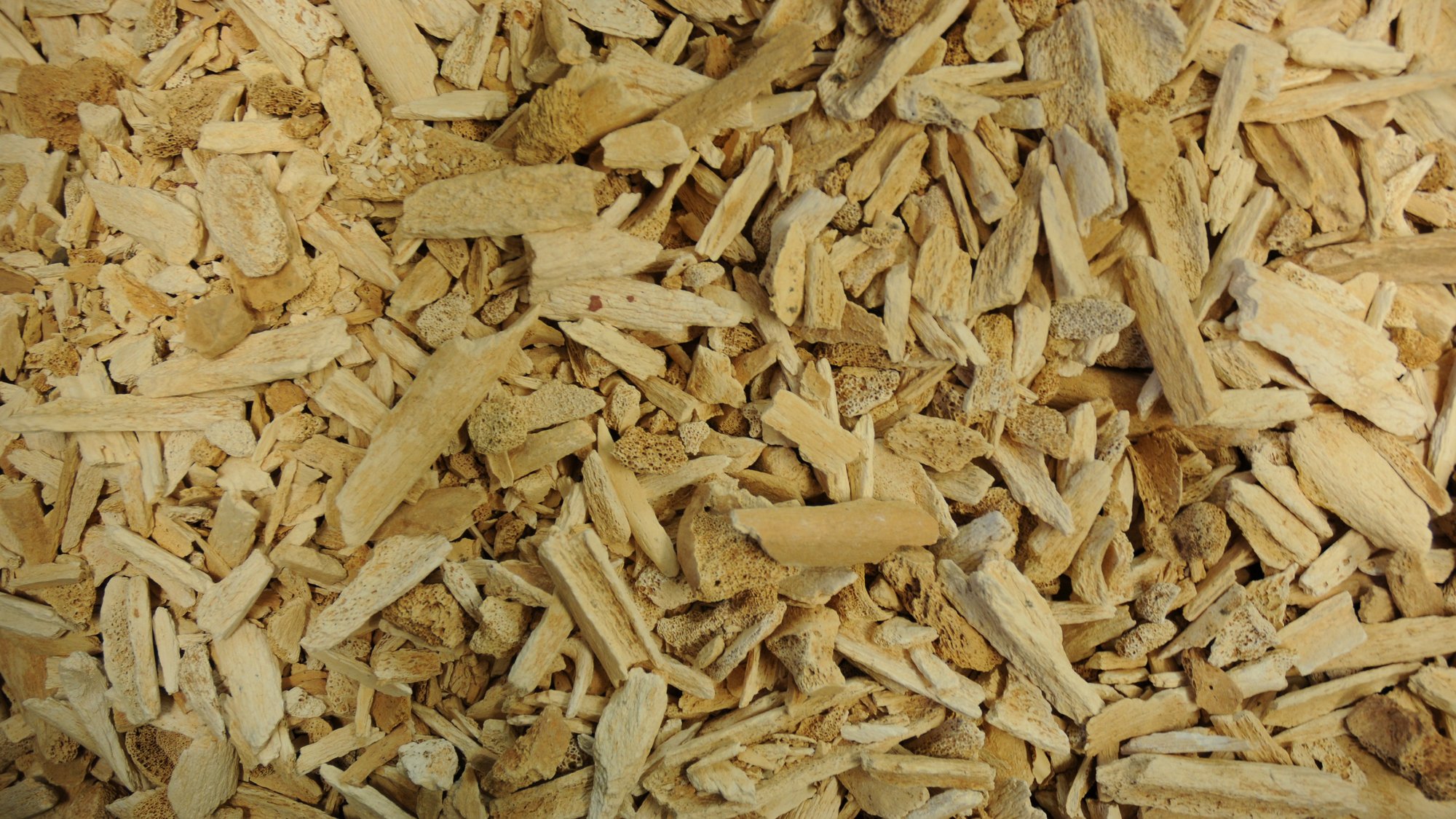Overview
Excavations undertaken between 2008 and 2011, as part of the long-running Eastern Jafr Joint Archaeological Project, recovered disarticulated and commingled human remains from cairn graves at the sites of Qulban Beni Murra and Wadi Sahab al-Asmar in south-eastern Jordan. The graves had been robbed in recent times (the bone was largely recovered from this spoil material) but there was also archaeological evidence for ancient looting, with fragmentation of the remains and fires being set above the layers of human bone. Small-scale excavations were also undertaken in 2012, as part of the Standing Stones/Rajajil Project, at the site of Rajajil, north-western Saudi Arabia, where disarticulated human remains were recovered from the area of a looted cairn-grave. A fragment of human bone from tomb 9:42 at Wadi Sahab al-Asmar has been radiocarbon dated to 3633-3375 BC, while finds material from the other cairn areas suggests they date to roughly the same period and earlier.

